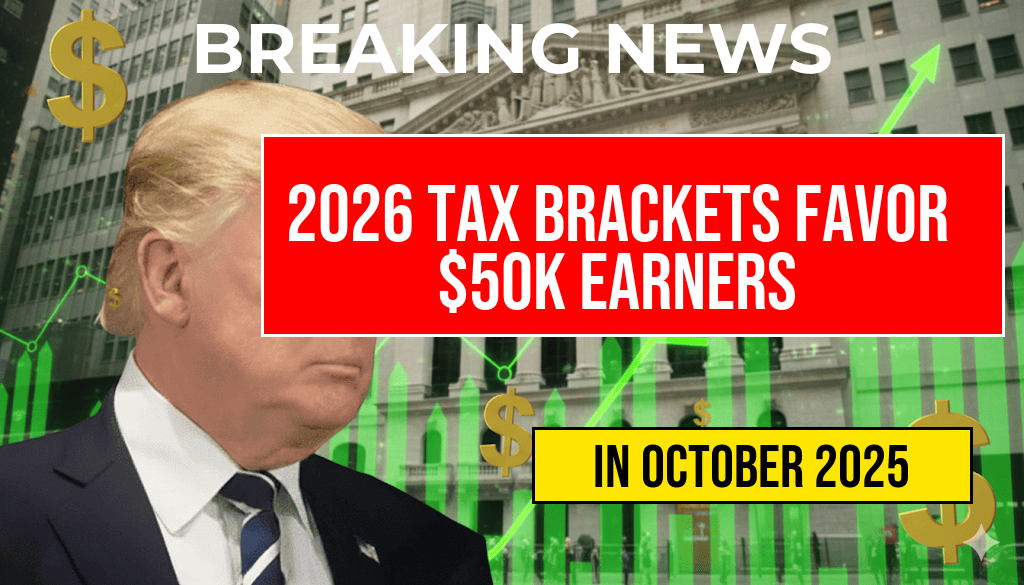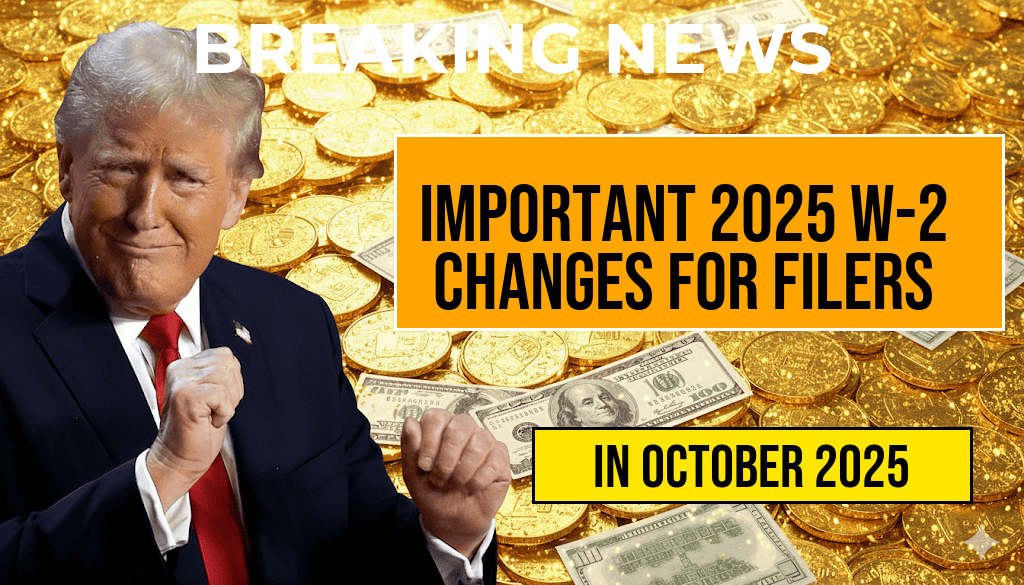As the American economy continues to evolve, significant changes are on the horizon for taxpayers, particularly those earning around $50,000 annually. Proposed adjustments to the federal tax brackets for 2026 indicate that individuals in this income range could see substantial financial relief. The most notable alteration is a reduction in the top marginal tax rate, which is set to fall to 12%. This change is expected to provide considerable savings for middle-income earners and may alter how taxpayers approach their financial planning in the coming years.
Understanding the New Tax Brackets
The 2026 tax brackets are part of a broader initiative aimed at simplifying the tax code and providing relief to average earners. Under the new proposal, the income ranges for each tax bracket will be adjusted to reflect inflation, ensuring that taxpayers are not pushed into higher tax brackets due to cost-of-living increases.
Current vs. Projected Tax Rates
| Income Range | Current Rate | Projected Rate (2026) |
|---|---|---|
| $0 – $10,000 | 10% | 10% |
| $10,001 – $40,000 | 12% | 12% |
| $40,001 – $85,000 | 22% | 12% |
| $85,001 – $160,000 | 24% | 24% |
Impact on $50,000 Earners
For individuals earning approximately $50,000, the reduction in the top rate to 12% will be particularly beneficial. Previously, income above $40,000 was taxed at 22%, meaning that a significant portion of their earnings was subject to a higher tax rate. Under the new structure, this group can expect to retain a greater share of their income, resulting in enhanced disposable income and increased spending power.
Projected Savings
To illustrate the potential savings, consider the following breakdown:
- Under the current tax brackets, a taxpayer earning $50,000 would pay approximately $6,500 in federal income taxes.
- With the new proposed tax structure, the same individual would see their tax bill reduced to about $4,800.
This change could represent a savings of around $1,700 annually, a significant amount that can impact household budgeting, savings, and spending habits.
Broader Economic Implications
The proposed changes to the tax brackets come at a time when the U.S. economy is navigating challenges such as inflation and wage stagnation. By lowering the tax burden on middle-income earners, policymakers hope to stimulate consumer spending, which is a crucial driver of economic growth. Lower taxes can also encourage investments in education, health, and personal development, as individuals have more resources to allocate toward their priorities.
Public Reactions and Expert Opinions
Responses from taxpayers and financial experts have been mixed. Many welcome the tax relief, believing it will allow for greater financial stability. Others caution that while the immediate benefits are clear, the long-term implications for government budgets and social programs need careful consideration.
David Walker, a former U.S. Comptroller General, commented, “While tax cuts can provide short-term relief, we must ensure that we don’t compromise essential services and infrastructure funding in the long run.”
Looking Ahead
The proposed tax changes are still subject to legislative approval and may evolve as discussions continue in Congress. As taxpayers prepare for the upcoming years, understanding these potential changes will be crucial for effective financial planning. For more information on tax brackets and updates, resources such as Forbes and Wikipedia provide additional insights into the evolving landscape of federal taxation.
Frequently Asked Questions
What are the projected tax brackets for 2026?
The projected tax brackets for 2026 indicate that the top rate will fall to 12%, providing significant savings for many taxpayers, including those earning around $50,000.
How will the new tax brackets affect $50,000 earners?
Earners making $50,000 will benefit from the reduced top tax rate, leading to lower overall tax liability and increased disposable income.
What is the significance of the 12% top tax rate?
The 12% top tax rate represents a decrease from previous rates, which means that individuals and families will retain more of their income, resulting in significant savings.
Are there any other changes expected in the tax code for 2026?
While the focus is on the lower tax brackets, it is important to stay updated on potential reforms or adjustments that may also impact deductions and credits in the 2026 tax code.
How can taxpayers prepare for these changes?
Taxpayers should review their current financial situation and consider consulting a tax professional to understand how the projected 2026 tax brackets may affect their overall tax strategy.






